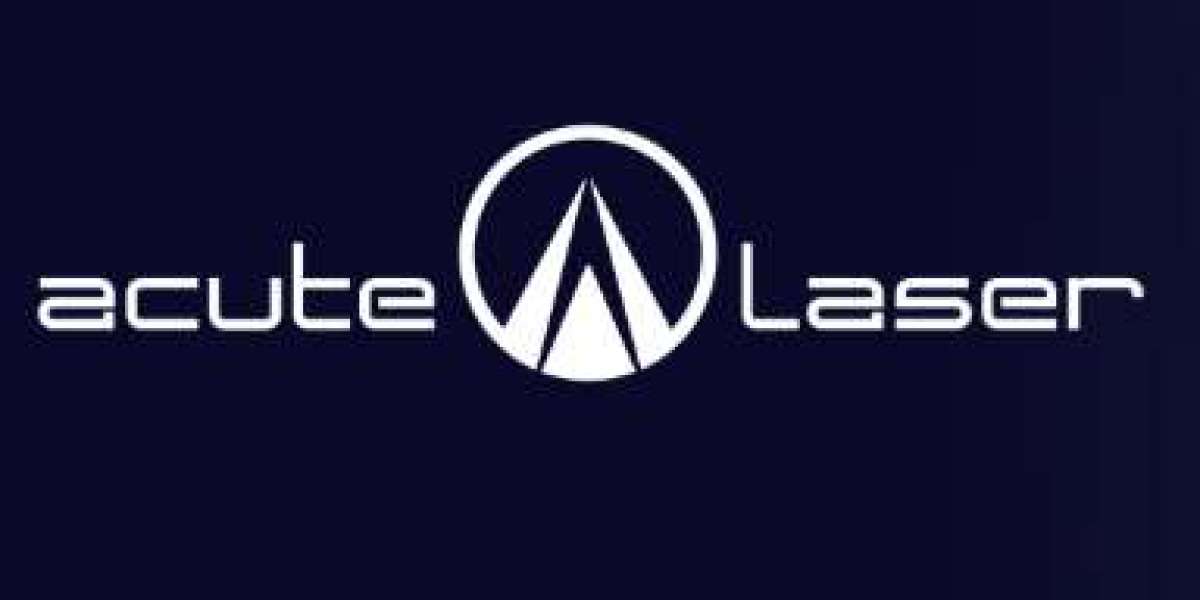In modern metal fabrication, Laser Cutting has become one of the most efficient and accurate methods for shaping materials. It uses a high-powered laser beam to cut through metals such as steel, aluminium, brass, and copper with remarkable precision. This process has replaced traditional cutting techniques that often led to rough edges and wasted materials. By using advanced CNC laser machines, manufacturers can now achieve detailed and consistent results that meet exact design specifications.
How the Technology Works
Laser cutting technology operates by focusing a concentrated beam of light onto the surface of the material. The laser melts or vaporizes the metal in a precise path controlled by computer numerical control (CNC). This allows for highly complex shapes and fine details to be cut with minimal error. The process is contactless, meaning the cutting tool never physically touches the metal—reducing wear and tear, contamination, and distortion.
Key Benefits of Laser Technology in Fabrication
One of the biggest advantages of this technology is accuracy. It offers tolerances as fine as 0.1 mm, ensuring that every cut aligns perfectly with design files. This makes it ideal for industries that demand precision, such as aerospace, construction, and automotive manufacturing.
In addition, laser cutting improves efficiency by reducing production time. Automated systems allow multiple sheets or components to be cut simultaneously, saving both time and material. Since there’s less need for secondary finishing, companies benefit from smoother operations and lower production costs.
Applications Across Industries
The versatility of this technology means it can be used for various industrial applications. In architectural design, it helps create intricate metal panels and artistic structures. In automotive manufacturing, it’s used to produce detailed parts and engine components. Even smaller businesses and creative studios rely on it for crafting signage, furniture, and custom prototypes.
Environmental and Safety Advantages
Modern laser systems are energy-efficient and produce less waste compared to mechanical cutting tools. Because the process is automated, operators experience safer working conditions with minimal risk of physical contact or injuries. Additionally, new laser machines come with integrated dust and fume extraction systems, ensuring cleaner and greener production environments.
Choosing the Right Laser Cutting Service
When selecting a service provider, businesses should look for experience, quality machinery, and adherence to strict manufacturing standards. Providers using advanced technologies such as Trumpf or LVD machines deliver superior edge quality and faster turnaround times. A reliable partner will also offer design support, material guidance, and post-processing services such as deburring or finishing.
Conclusion: Why Laser Cutting Drives Modern Manufacturing
In conclusion, Laser Cutting remains the foundation of precision metal fabrication and modern production. It combines speed, accuracy, and flexibility to deliver exceptional results across multiple industries. As technology continues to evolve, this process will play an even greater role in shaping the future of manufacturing, providing solutions that are both efficient and sustainable.







